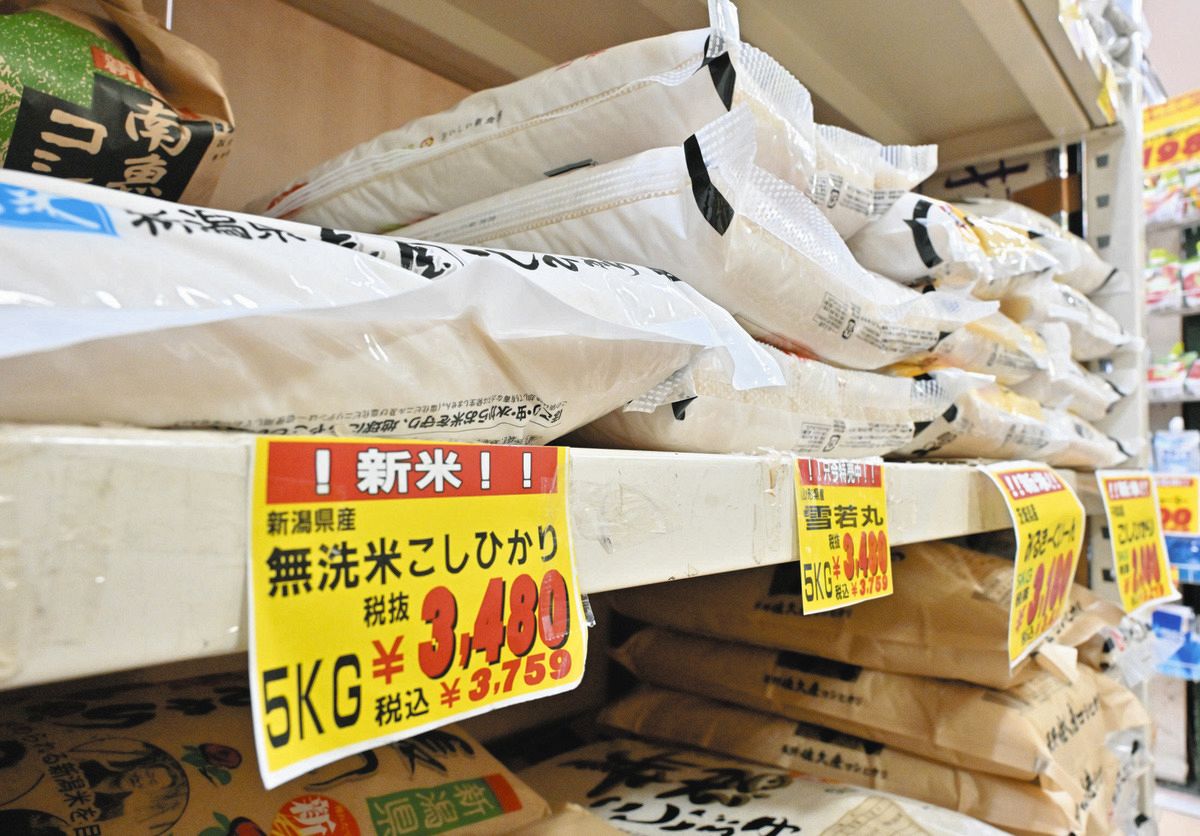Despite a significant increase in Japan's rice harvest this year, market prices continue to remain high, confusing consumers and industry experts. Factors such as distribution, demand-supply balance, associated running costs, and government policies play critical roles in deciding the market price. The situation has prompted a review of Japan's agricultural policies, with some calling for greater market liberalization.
Rice is a staple food in Japan, and its production and pricing are matters of national importance. Japanese farmers and consumers are accustomed to government oversight and intervention in this area. This ongoing rice price phenomenon strikes at the heart of Japan’s economic and food security issues, and is a topic of concern for households across the country.
In contrast, in the US or EU, the agricultural sector operates on a free-market basis, with minimal government intervention. Commodity prices fluctuate with market demands and supply, often influenced by global factors. Whereas traditional farming communities in Japan might require more government protection, farmers in the US/EU generally need to compete and innovate to keep their prices competitive.

